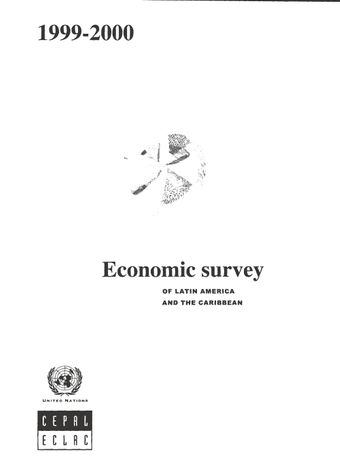Ecuador

- Author: Economic Commission for Latin America and the Caribbean
- Main Title: Economic Survey of Latin America and the Caribbean 1999-2000 , pp 195-203
- Publication Date: December 2000
- DOI: https://doi.org/10.18356/021ec7ad-en
- Language: English
Ecuador’s economy suffered a deep financial and foreign exchange crisis that had severe monetary and fiscal repercussions and drastic effects on production. GDP shrank by over 7%, imports plummeted, unemployment shot up to over 14% and inflation soared to 60%. T owards the end of the year, faced with the rising fiscal cost of the local currency ’ s depreciation, the authorities suspended public external debt servicing. The financial sector had been enjoying robust growth since 1994, with hefty inflows of external capital being attracted by the relative stability of the real exchange rate and high interest rates. This process was not adequately supervised, however, and the sector’s existing weaknesses (lack of precaution on the part of banks, mismanagement) were exacerbated during the boom, leaving it ill-prepared to deal with the series of adverse events which began to unfold in 1998. The effects of El Nino undermined many companies’ ability to service their debts, and foreign credit flows were interrupted as a result of a string of international financial crises. This, in combination with the financial disintermediation caused by the introduction of a capital circulation tax, seriously reduced the liquidity of many banks.
-
From This Site
/content/books/9789210582957s003-c008dcterms_title,dcterms_subject,pub_keyword-contentType:Journal -contentType:Contributor -contentType:Concept -contentType:Institution105



